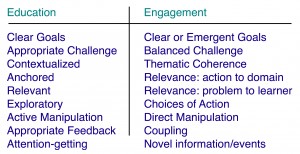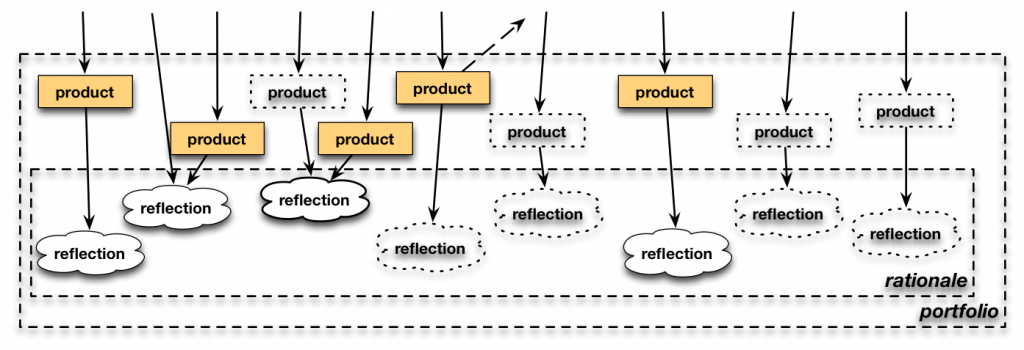Don Norman (disclaimer, my PhD advisor and mentor) has had a string of important books, starting with his stellar Design of Everyday Things (tops my ‘recommended books’ list for designers). His latest, Living with Complexity, is not as landmark a book as that, but it has some very astute thinking to present.
The book, as the title implies, is largely about how complexity isn’t bad, it’s necessary, and the real issue is about designing to manage it. We want powerful systems to accomplish meaningful goals, and he makes the case that this naturally requires complexity, either at the front end or at the back end. Complexity at the front end offers powerful choice at the tradeoff of comprehensibility, which we often want. Complexity at the back end can seem like magic, but offers more opportunity for things to go wrong catastrophically.
Good design is naturally the solution. He suggests that good design makes complexity usable, and bad design makes complexity frustrating. And he makes a strong point that it’s now about services.
He goes beyond product design in detailing how you really aren’t designing just a product, but an experience, and that it takes a system to create an experience. Using Apple’s iPod, he points out how simplifying the purchasing (backend: lining up publishers to allow downloading individual titles for a simple fee) and downloading music (instead of converting files and storing in special folders) made a device that could carry a lot of music in a small package.
He goes deeper into service design, using the examples of waiting in lines (I now know why immigration in SFO can be so frustrating!). He finally gets to coverage of recommendations for improvements, including signifying (making affordances perceivable), checklists, and job aids (over courses). His focus is on tapping into how our minds work, and aligning tools with them. He covers both sides, including what designers should do differently, and what ‘consumers’ can do. He also covers some of the mismatches between design and consumers, going beyond the design to the overall system.
Overall, while seemingly not as well structured as previous books, this book offers some advanced thinking into design that will benefit those looking to take a bigger picture. Feeling more like a collection rather than a coherent narrative, each of the elements is related and there are important insights in each section. Recommended for the advanced designer.


